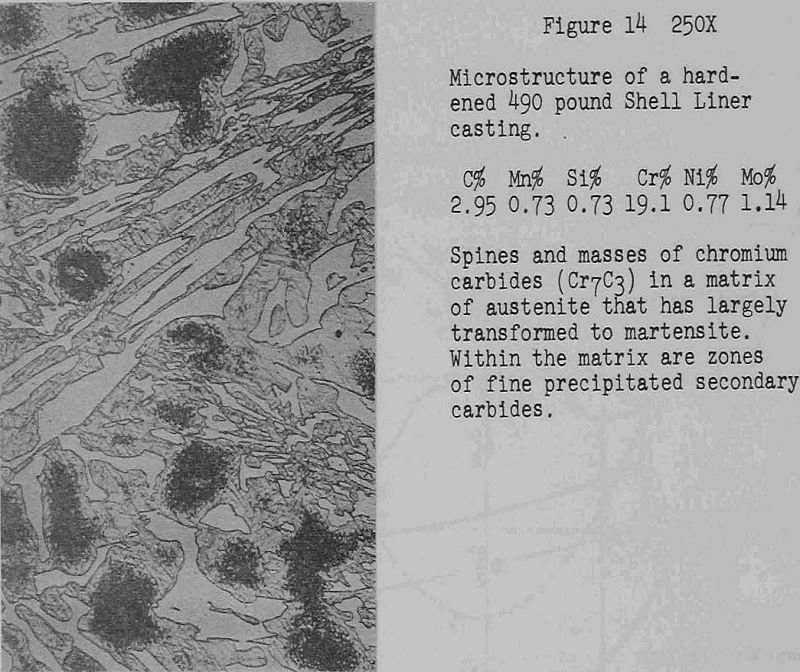Grinding Iron Ore in a Wet Autogenous Mill

The Cretaceous plant at the Hill Annex mine of the Jones & Laughlin Steel Corp. was designed with a wet autogenous mill for grinding low grade iron ore so that it could be concentrated by spirals and flotation cells. The plant, on the west end of the Minnesota’s Mesabi Range, went into operation in June […]
Bond Work Index to Measure Comminution Efficiency

Comminution efficiency can be expressed in three different ways. Theoretical Efficiency: actual energy consumed, in a comminution machine compared to the theoretical energy required to make the size reduction. Operating Efficiency: compares the operating work index, calculated from production comminution machinery operating data, to the Bond Work Index from bench scale comminution tests or calculated […]
Effect of Feed Size in Comminution

The feed size cannot be neglected in any case where the effective size modulus of the feed is not too much coarser than the size modulus of the product. This can be illustrated in the second experiment of Fuerstenau and Cohen where the feed is considered to be the original -6 +8-mesh material. However, one […]
Particle Size Reduction with Roller Mill
For reasons well known to Mining Engineers, fine grinding in the wet form is quite universal in plants engaged in the extraction of metallic values from crude ores. In the processing of non-metallic and industrial minerals, however, fine grinding in dry form is the more common method. The crude materials generally contain less moisture than […]
Techniques for Grinding Circuit Control Optimization

There is much interest in the automation of entire comminution circuits. At the present technological level it is possible to automate a circuit but to date it has not been done. To successfully automate a circuity a number of problems must be solved. Not all of them are engineering problems. The purpose of this paper […]
Dry Grinding Rod Mills – Dry Rod Milling

Wet grinding rod mills have been used for 50 years to grind ores and to make specification sand. The application of wet grinding rod mills is well understood. Until recently, there have been very few installations of dry grinding rod mills. The basic principles learned from wet grinding rod mills that were used in the […]
How to Select Grinding Mill Liner Alloys for Optimum Wear Resistance

The wear resistance of an alloy in heavy mill liner sections may be quite different from that of the same alloy in small balls and other light sections. This fact was established by means of a well standardized laboratory test that was validated for ball mill service. The salient properties of mill liner alloys, including […]
Automatic Control of Crushing and Grinding Facilities

During the past two years, there has been an increasing acceptance of process automation among ferrous, non-ferrous and non-metallic rock processing operations in an attempt to keep total unit costs in line in a market situation where labor and material costs are rising almost daily. The experienced crusher or mill designer and operator should know […]
Wet Autogenous Grinding in Tumbling Mills

The autogenous grinding method has been progressively employed in mineral dressing plants during the last 15 years. The term has been used with somewhat different meanings. In this paper the author will use it in the most restricted way, for processes where run-of-mine ore (rock) in one step is reduced to a grind product by […]
Parallel HydroCyclone Simulation

In order to simulate a grinding circuit, it is necessary to obtain valid mathematical models of the grinding mills and classifiers in the circuit. Several models of grinding mills have been proposed and models of cyclone classifiers are available. Description of a Circuit New feed enters an open circuit rod mill at a rate of […]
